Thomas Konrad
Software Security 101: Secure Coding Basics
#1about 15 minutes
Understanding core software security principles and terminology
Key concepts like the CIA triad, technical debt, and design principles provide a shared language for discussing security.
#2about 19 minutes
Evaluating programming languages for security features
Criteria like memory safety, type strictness, and sandbox support help in selecting a language that mitigates entire classes of vulnerabilities by design.
#3about 13 minutes
Implementing secure input and output handling
Proper input validation, canonicalization, sanitization, and context-sensitive output encoding are crucial for preventing injection attacks.
#4about 5 minutes
Avoiding pitfalls in low-level languages and enforcing access control
Low-level languages require manual bounds checking to prevent buffer overflows, while complete mediation ensures access control is checked on every request.
#5about 8 minutes
Applying cryptography and managing user sessions securely
Use standard, well-vetted cryptographic libraries and follow best practices for session management to protect data and user identity.
#6about 9 minutes
Handling concurrency to prevent data integrity issues
Race conditions can lead to data integrity problems, which can be mitigated using techniques like entity versioning or resource locking.
#7about 12 minutes
Understanding common web and API vulnerability classes
Familiarity with lists like the OWASP Top 10 and CWE Top 25 helps in creating targeted protection strategies for specific vulnerabilities like cross-site scripting.
#8about 5 minutes
Managing third-party software dependencies for security
Automating dependency checks for known vulnerabilities is essential because third-party libraries often constitute the majority of an application's code.
#9about 7 minutes
Integrating security into the software development lifecycle
Using a maturity model like OWASP SAM helps shift security left by incorporating activities like threat modeling early in the design phase.
#10about 19 minutes
Key takeaways and resources for continuous security learning
Cultivate a culture of continuous learning by using resources like OWASP Juice Shop and focusing on understanding the entire technology stack.
Related jobs
Jobs that call for the skills explored in this talk.
Matching moments

00:28 MIN
Why developers make basic cybersecurity mistakes
Don't Be A Naive Developer: How To Avoid Basic Cybersecurity Mistakes
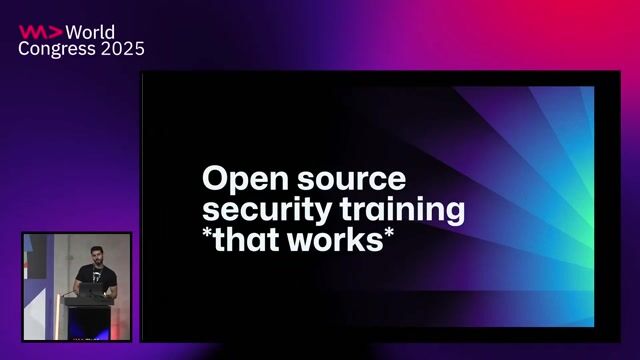
14:17 MIN
Hands-on security training for developers
How GitHub secures open source

39:54 MIN
Key takeaways for building secure applications
Typed Security: Preventing Vulnerabilities By Design

01:58 MIN
Cybersecurity is a foundational necessity not a passing trend
Decoding Trends: Strategies for Success in the Evolving Digital Domain
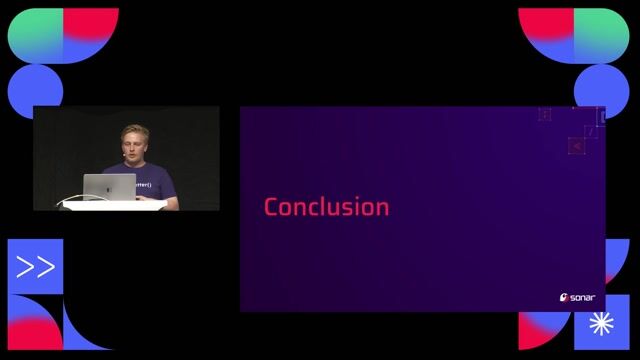
27:19 MIN
Key takeaways on IDE and developer tool security
You click, you lose: a practical look at VSCode's security

36:35 MIN
A seven-step guide to securing modern web apps
Full-stack role-based authorization in 45 minutes
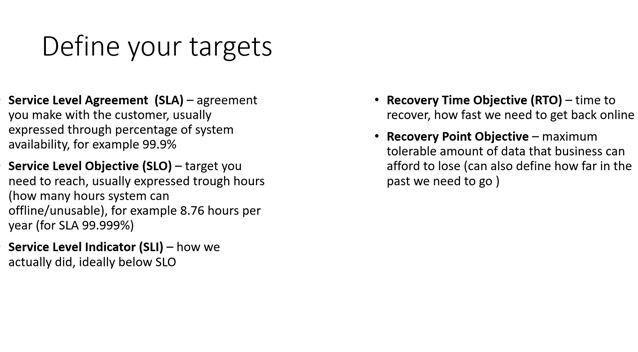
13:39 MIN
Understanding the core components of cloud security
Building Well-Architected applications
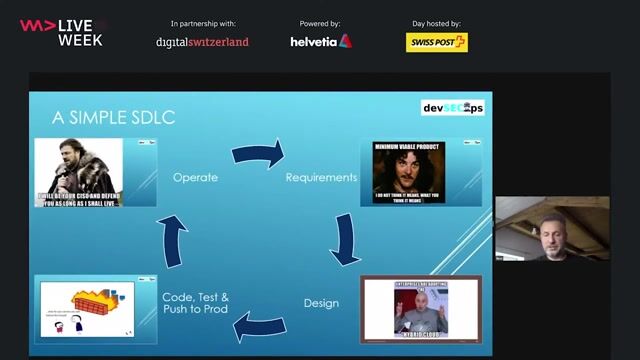
28:05 MIN
A developer's responsibility to build secure software
You can’t hack what you can’t see
Featured Partners
Related Videos
 33:29
33:29Programming secure C#/.NET Applications: Dos & Don'ts
Sebastian Leuer
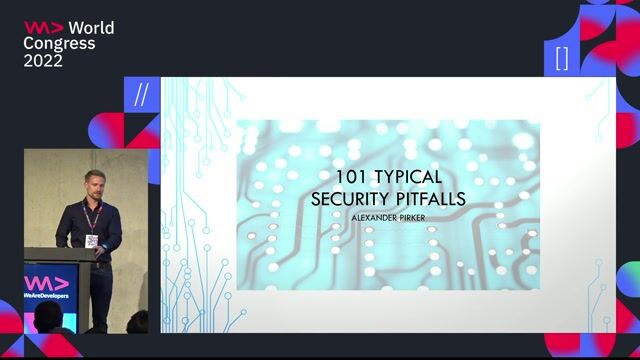 28:41
28:41101 Typical Security Pitfalls
Alexander Pirker
 27:32
27:32Security Pitfalls for Software Engineers
Jasmin Azemović
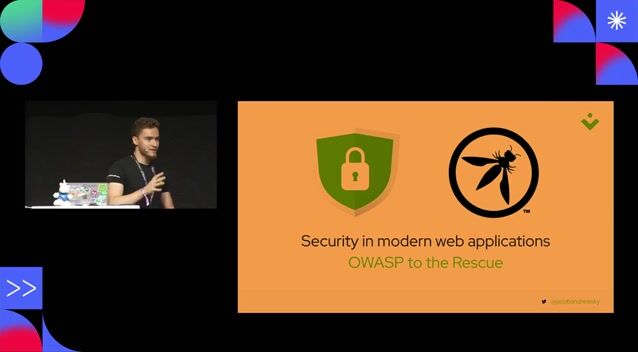 26:59
26:59Security in modern Web Applications - OWASP to the rescue!
Jakub Andrzejewski
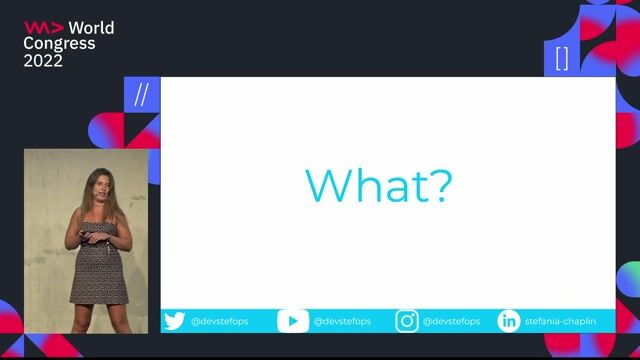 23:34
23:34Secure Code Superstars: Empowering Developers and Surpassing Security Challenges Together
Stefania Chaplin
 58:19
58:19Typed Security: Preventing Vulnerabilities By Design
Michael Koppmann
 25:28
25:28How GitHub secures open source
Joseph Katsioloudes
 27:36
27:36Unleashing the Power of Developers: Why Cybersecurity is the Missing Piece?!?
Tino Sokic
From learning to earning
Jobs that call for the skills explored in this talk.


Quality and Security by Design Engineer (m/w/d)
AKDB Anstalt für kommunale Datenverarbeitung in Bayern
München, Germany
Intermediate
Senior
IT Security
Automated Testing

IT-Security Engineer Awarness Training and Security Roadmap
Paris Lodron-Universität Salzburg
Powershell
Windows Server
Microsoft Office
Scripting (Bash/Python/Go/Ruby)

Embedded Security Engineer - Schwachstellenanalyse | Car IT | Secure Coding
Prognum Automotive GmbH
Remote
C++




